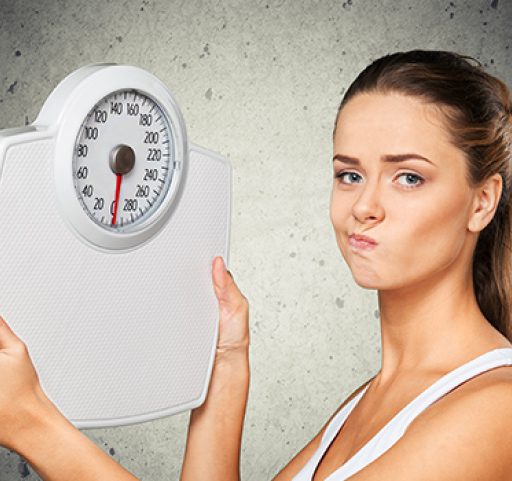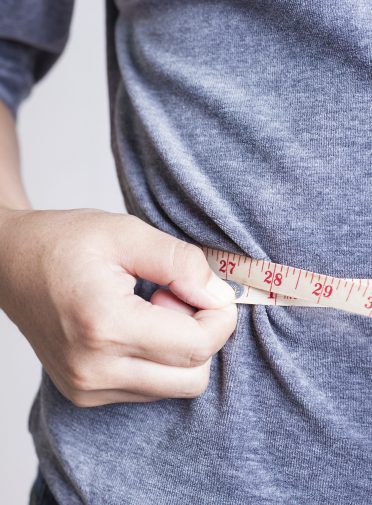Weight
Home / Heart / Risk Factors / Weight
Weight
Carrying excess weight is a risk factor for heart disease. However, where you store your weight may be a better indicator of risk. People who carry excess weight around their middle, even if they have a “healthy” BMI, have a higher risk of cardiovascular disease and diabetes. This is because fat stored around our middle, called visceral fat, also surrounds our internal organs. This visceral fat releases substances that can contribute to inflammation, high blood pressure, high cholesterol and the build-up of cholesterol in arteries. It can also increase the risk of developing type 2 diabetes. Therefore, it can be helpful to measure your waist circumference to help determine your risk.


Measuring Your Waist Circumference
- Place the tape measure halfway between the top of your hip bone and your lowest rib (this point is approximately an inch above your belly button).
- Wrap the tape measure around your waist and ensure that the tape is level all the way around.
- Relax, exhale, and measure your waist.
Waist Measurement Should Be
- Men: Less than or equal to 94cm (37 inches)
- Women: Less than or equal to 80cm (32 inches)
If your waist measurement is higher than this and you would like to find out more about strategies to manage your weight please click here.